In April, 1917, a formation of fourteen German aircrafts was attacked by two light, fast, and nimble British fighters piloted by Flight Commander R. S. Dallas and Flight Sub-Lieutenant T. G. Culling, from No.1 Naval Squadron. After 45 minutes of combat and three airplanes shot down, the remaining German planes were forced to retreat. This was the impressive debut of the Sopwith Triplane, a revolutionary and successful single-seat fighter that inspired the design of many enemy aircraft – including the famous Fokker Dr.I.
Nicknamed “Tripehound” or simply the “Trip” by pilots, the Sopwith Triplane was a development of the Sopwith Pup with three narrow-chord wings and a more powerful engine (initially a 110 hp Clerget 9Z nine-cylinder rotary engine, later replaced by a 130hp). The result was a fighter with unmatched maneuvrability and rate of climb. The design also provided the pilots the widest field of view. It could outclimb and out-turn the Albatros D-III and was about 10 mph faster. The Triplane was armed with a fixed Vickers gun, synchronized to fire through the revolving propeller.
The Triplane prototype first flew on 28 May, 1916, and was delivered for trials in France by mid-June. It was very successful and so, the type was ordered by the Royal Naval Air Service. In December, 1916, the fighter was delivered to the No.1 Naval Squadron, and then to the Nos. 8, 9 and 10 Naval Squadrons, all between April and May 1917. The “Trip” entered action in April, and for seven months, it almost totally outclassed the enemy fighters in the western front.
The all-Canadian No.10 Squadron, commanded by the ace Raymond Collishaw and called “the Black Flight” for the the black markings of their airplanes, downed 85 enemy aircraft just between June and July, 1917, flying against JG.1.
Despite its impressive performance, the Triplane had a brief career and was in service for less than one year. The reasons were the difficulty to repair, some problems of structural weakness, and its light armament. The Albatros fighters were armed with two guns, while the Triplane had only one. Six Triplanes were built with twin guns, but performance was reduced and the single gun remained standard.
With the arrival of the sturdier and better-armed Sopwith Camel, the Triplane started to be replaced. Nos. 8 and 9 Naval Squadrons transitioned to the Camel in July and early August, 1917, and, in late August, the No.10 Squadron turned over its remaining Triplanes to No. 1 Naval Squadron. By the end of 1917, surviving Triplanes were used as advanced trainers with No. 12 Naval Squadron.
The Sopwith Triplane total production numbered about 150 aircraft, and besides the Royal Navy Air Service squadrons, the fighter was used by French Navy (17 aircraft). The Hellenic Navy employed one Trip and another one was supplied to the Russian Empire, where it was fitted with skis. Captured by the Bolshevists, it served in the Red Air Force, being rebuilt many times. Today, this aircraft is preserved at the Central Air Force Museum, Monino, Russia. Another authentic Tripehound remains and is preserved at the RAF Museum London.
Information sources: The Aerodrome, Wikipedia, The Aviation History Online Museum, First World War, Flightglobal Archive

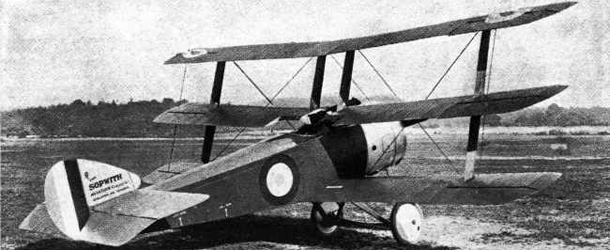
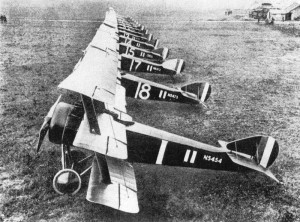
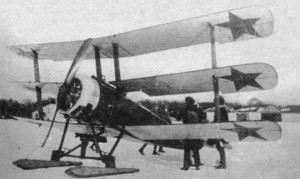
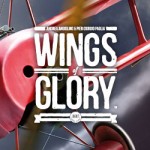


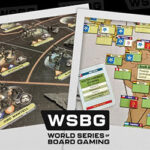
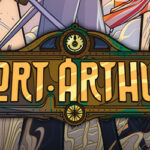


Follow Us on